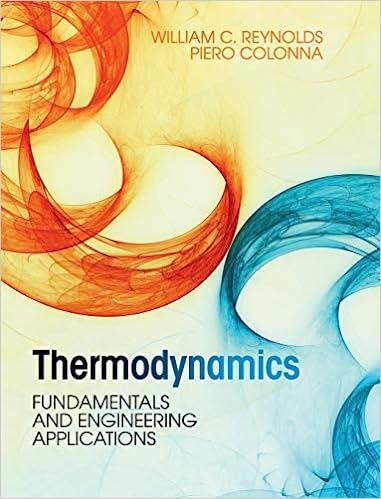

In addition to the immediate hazardous effects of flooding water after Hurricane Harvey, the long-term consequences also need to be considered. The flooding water can penetrate into the groundwater table and contaminate the aquifer. You are working for the State of Texas' environmental and public health agency. Your job is to estimate the long-term impacts for the groundwater source. Based on your knowledge, you make the following assumptions. TCE was leaked into the groundwater table at a rate of 10000daymL for 10 days until the flood waters receded. All TCE released enters the sand aquifer (but is not necessarily immediately dissolved in the groundwater). The aquifer is composed of sandy sediment (with fraction of organic carbon foc =0.5% ). The average actual groundwater velocity is 0.1daym, and the hydraulic gradient is 0.0009 . Bulk density of the sediment B is 1600m3kg while density of the sediment s is 2290m3kg. B= Bulk density of soil = Dry mass of soil / total volume (soil + void). s= Density of soil particles = Dry mass of soil / volume of soil particles. The porosity is 30%. The density of TCE is 1.46mLg. Data for TCE from EPIWIN database are provided to you in the equation sheet. You did not have time to collect samples from the aquifer after the flooding to determine the concentration of TCE in the soil. You decide to estimate the maximum concentration of TCE in the groundwater based on the database. From the database and with the assumption that the maximum concentration is about 10% of what in the database, you estimated that the maximum water concentration of TCE is 128Lmg. Now, though, assume the contaminant TCE distributes uniformly in the aquifer and forms a plume W=2m wide, D=4m deep, and as far as L=200m. To decide what remediation and monitoring strategy is appropriate, you need to know if a separate form of TCE will be formed. Calculate the maximum mass of TCE that can be associated with sediment and water. You will need to consult the data for TCE from the EPA. Use unit kg and round up to 1kg. SMILES : C(=CCL)(CL)CL CHEM : Ethene, trichloro- (TCE) MOL FOR: C2 H1 CL3 MOL WT : 131.39 EPI SUMMARY (V4.11) Physical Property Inputs: Log Kow (octanol-water): Boiling Point (deg C) : Melting Point (deg C) : Vapor Pressure (mm Hg) : Water Solubility (mg/L): Henry LC (atm-m3/mole) : Log Octanol-Water Partition Coef (SRC) : Log Kow (KOWWIN v1.68 estimate) =2.47 Log Kow (Exper. database match) =2.42 Exper. Ref: HANSCH, C ET AL. (1995) Boiling Pt, Melting Pt, Vapor Pressure Estimations (MPBPVP V1.43): Boiling Pt (deg C ) : 84.79 (Adapted Stein \& Brown method) Melting Pt (deg C): -77.15 (Mean or Weighted MP) VP (mm Hg, 25 deg C) : 72.5 (Mean VP of Antoine \& Grain methods) VP (Pa, 25 deg C) : 9.66E+003 (Mean VP of Antoine \& Grain methods) MP (exp database) : -84.7 deg C BP (exp database): 87.2 deg C VP (exp database): 6.90E+01mmHg(9.20E+003Pa) at 25 deg C Water Solubility Estimate from Log Kow (WSKOW v1.42) : Water Solubility at 25 deg C(mg/L) : 778.7 log Kow used: 2.42 (expkow database) no-melting pt equation used Water Sol (Exper. database match) =1280mg/L (25 deg C) Exper. Ref: HORVATH,AL ET AL. (1999) Water Sol Estimate from Fragments: Wat Sol (v1.01 est) =755.94mg/L








